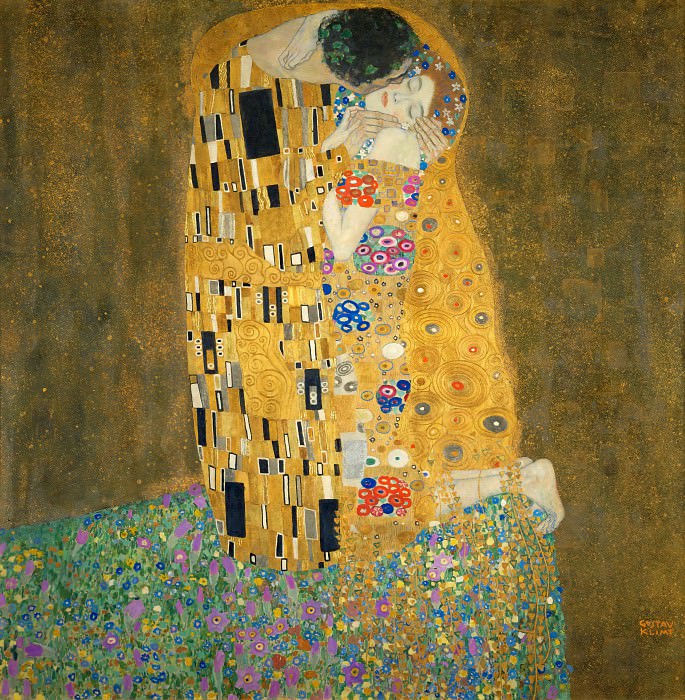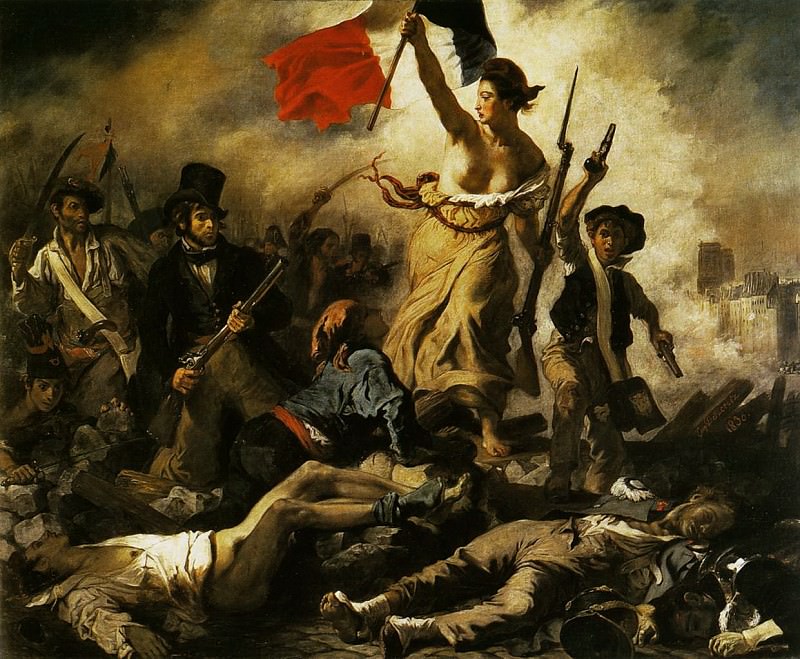Claude Monet: Master of Impressionism
Introduction to Claude Monet
Claude Monet, born on November 14, 1840, in Paris, France, is celebrated as one of the most influential artists of the Impressionist movement. His full name, Oscar-Claude Monet, reflects his French heritage, and his works have had a profound impact on the course of art history. Monet's innovative techniques, unique approach to capturing light and color, and his dedication to painting nature have made him a revered figure in the art world. This article delves into the life, techniques, and masterpieces of Claude Monet, exploring how his art continues to inspire and captivate audiences worldwide.
Early Life and Artistic Beginnings
Claude Monet's journey as an artist began at an early age. Raised in the bustling port city of Le Havre, Monet developed a keen interest in drawing. His early sketches of caricatures earned him a reputation as a talented artist in his community. Despite his father's desire for him to pursue a career in business, Monet's passion for art led him to study under the tutelage of Jacques-François Ochard, a former student of Jacques-Louis David.
Monet's early exposure to the art scene in Paris further fueled his ambition. He enrolled at the Académie Suisse, where he met fellow artists such as Camille Pissarro. It was during this period that Monet's style began to evolve, moving away from traditional academic techniques and towards a more experimental approach that emphasized capturing the essence of a scene rather than its precise details.
The Birth of Impressionism
The term "Impressionism" is often associated with Monet's painting "Impression, Sunrise," created in 1872. This seminal work, depicting the port of Le Havre at sunrise, was exhibited in 1874 at the first independent show of the Impressionists. The critic Louis Leroy coined the term "Impressionists" in a satirical review, but the name stuck, defining a movement that sought to capture the fleeting effects of light and color.
Monet and his fellow Impressionists, including artists like Edgar Degas, Pierre-Auguste Renoir, and Alfred Sisley, faced significant criticism from the established art community. Their works, characterized by loose brushwork, vibrant colors, and unconventional compositions, challenged the norms of academic painting. Despite the initial backlash, the Impressionists continued to push the boundaries of art, ultimately revolutionizing the way we perceive and represent the world around us.
Techniques and Innovations
Monet's approach to painting was marked by his relentless pursuit of capturing the changing qualities of light and atmosphere. He often painted en plein air, or outdoors, to observe and record the effects of natural light on his subjects. This practice allowed him to create works that exuded a sense of immediacy and authenticity.
One of Monet's most notable techniques was his use of broken color. Instead of blending colors smoothly on the canvas, he applied individual strokes of pure color side by side, allowing the viewer's eye to mix them optically. This technique, known as "divisionism" or "pointillism" when taken to its extreme, added a vibrant, shimmering quality to his paintings.
Monet's fascination with water and reflections is evident in many of his works. His series of paintings depicting the water lilies in his garden at Giverny are prime examples of his mastery in capturing the interplay of light and water. These works, characterized by their bold brushwork and intricate reflections, convey a sense of tranquility and timelessness.
Giverny: A Painter's Paradise
In 1883, Monet moved to Giverny, a village in Normandy, where he would spend the remainder of his life. Giverny became a source of endless inspiration for Monet, and his house and garden were meticulously designed to serve as both his home and his artistic sanctuary. The gardens, with their Japanese bridge, lily ponds, and vibrant flora, provided Monet with a wealth of subjects to explore.
Monet's series of paintings depicting the water lilies, known as the "Nymphéas," are perhaps his most famous works. These paintings, which he created over a period of nearly three decades, capture the ever-changing beauty of the water garden. The interplay of light, water, and foliage in these works creates a mesmerizing effect, drawing viewers into a serene and contemplative world.
The Influence of Japanese Art
Japanese art, particularly ukiyo-e prints, had a profound influence on Monet's work. The flat planes of color, bold compositions, and emphasis on nature in Japanese prints resonated with Monet and his fellow Impressionists. Monet's collection of Japanese prints, which he displayed in his home, served as a constant source of inspiration.
This influence is evident in works such as "The Japanese Bridge" series, where Monet's use of flattened perspective and harmonious color palettes reflects the aesthetics of Japanese art. The bridge, a prominent feature in his garden at Giverny, became a recurring motif in his paintings, symbolizing the connection between different elements of his artistic vision.
Later Years and Legacy
As Monet aged, he continued to paint despite facing significant challenges, including cataracts that affected his vision. His later works, characterized by broader brushstrokes and a more abstract approach, reflect his changing perception of the world. The "Water Lilies" series, created during this period, are monumental in scale and ambition, embodying Monet's lifelong dedication to capturing the ephemeral beauty of nature.
Monet's contributions to art were recognized during his lifetime, but it was only after his death in 1926 that his work gained the full appreciation it deserved. Today, Monet is celebrated as a pioneer of modern art, whose innovations laid the groundwork for movements such as Abstract Expressionism.
The Enduring Appeal of Monet's Art
The timeless appeal of Claude Monet's art lies in its ability to evoke a sense of wonder and tranquility. His paintings, with their vibrant colors and dynamic compositions, transport viewers to a world where the beauty of nature is captured in its most fleeting moments. Monet's dedication to his craft, his innovative techniques, and his ability to see the world through a unique lens have ensured his place as one of the greatest artists of all time.
Monet's influence extends beyond the realm of painting. His work has inspired countless artists, filmmakers, and designers, who have drawn from his ability to capture the essence of a scene. Exhibitions of Monet's work continue to attract large audiences, and his paintings are among the most cherished pieces in major art collections worldwide.
Conclusion
Claude Monet's art is a testament to the power of observation, experimentation, and dedication. His ability to capture the transient effects of light and color, his innovative techniques, and his unwavering commitment to his vision have left an indelible mark on the art world. Monet's paintings continue to inspire and captivate, reminding us of the beauty that exists in the natural world and the endless possibilities of artistic expression. As we look at Monet's masterpieces, we are invited to see the world through his eyes, to appreciate the play of light and shadow, and to find joy in the simple, yet profound, beauty of nature.
















